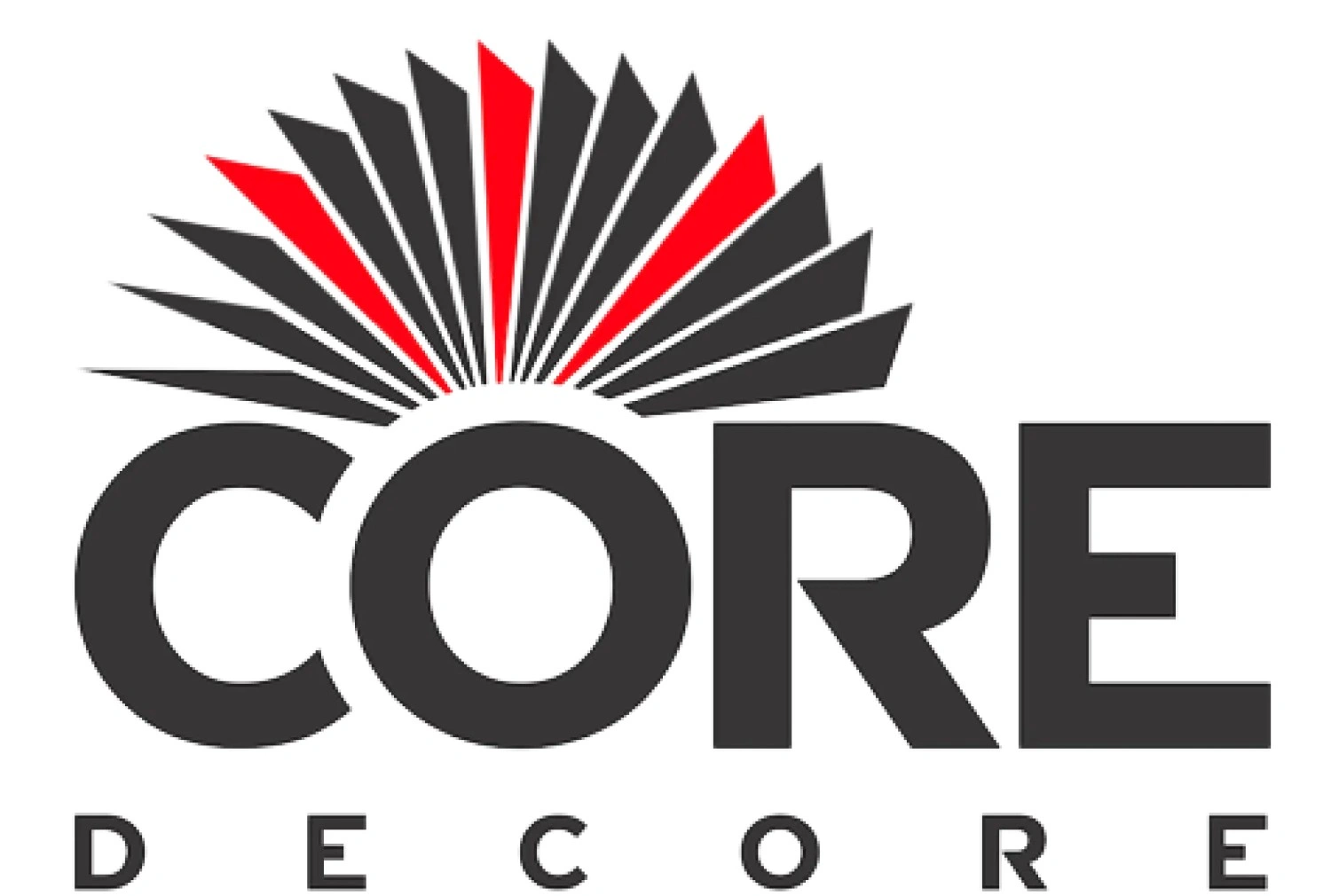Waterproof plywood has long been hailed as a savior in construction projects, providing essential protection against moisture and ensuring the longevity of structures in wet environments. However, a common question that arises is whether waterproof plywood requires additional sealing to enhance its performance. Let's dive into this debate and uncover the truth behind the need for sealing waterproof plywood.
Understanding Waterproof Plywood: A Shield Against Moisture
Waterproof plywood is specially engineered to resist moisture infiltration, making it an ideal choice for applications where exposure to water is inevitable. Through advanced manufacturing techniques and treatments, waterproof plywood is imbued with properties that prevent water damage, decay, and rot, ensuring the structural integrity of buildings and installations.
The Myth of Additional Sealing
Despite its name, there's a misconception that waterproof plywood requires additional sealing to bolster its resistance to moisture. Some may believe that applying a sealant on the surface of waterproof plywood can provide an extra layer of protection, enhancing its durability and performance. However, this notion overlooks the inherent qualities of waterproof plywood and may lead to unnecessary expenses and efforts.
Debunking the Myth: Why Waterproof Plywood Doesn't Need Additional Sealing
Built-in Protection
Waterproof plywood is manufactured with built-in protection against moisture, thanks to specialized treatments and coatings applied during the production process. These treatments penetrate the wood fibers, creating a barrier that repels water and prevents it from seeping into the plywood.
Quality Assurance
Reputable manufacturers adhere to stringent quality standards to ensure the effectiveness of waterproof plywood. By using high-quality materials and employing advanced manufacturing techniques, they produce plywood that meets or exceeds industry requirements for water resistance, eliminating the need for additional sealing.
Long-lasting Performance
Waterproof plywood is designed to withstand prolonged exposure to moisture without deteriorating or losing its structural integrity. When installed correctly according to manufacturer guidelines, waterproof plywood can provide reliable protection against water damage for years to come, without the need for periodic sealing or maintenance.
Best Practices for Working with Waterproof Plywood
While additional sealing may not be necessary, there are still best practices to follow when working with waterproof plywood to ensure optimal performance
Proper Installation
Ensure the plywood is installed correctly, with tight joints and adequate fastening to prevent water infiltration.
Surface Preparation
Before installation, inspect the plywood for any defects or damage. Sand rough edges and surfaces for a smooth finish.
Regular Maintenance
While waterproof plywood is resistant to moisture, regular inspection and maintenance are still important to identify and address any issues promptly.
Conclusion
In the debate over whether waterproof plywood additional sealing, the answer lies in understanding the inherent qualities of the material. Waterproof plywood is engineered to provide robust protection against moisture, eliminating the need for additional sealing in most cases. By choosing high-quality waterproof plywood and following best practices for installation and maintenance, you can ensure the success and longevity of your construction projects without unnecessary sealing efforts.







